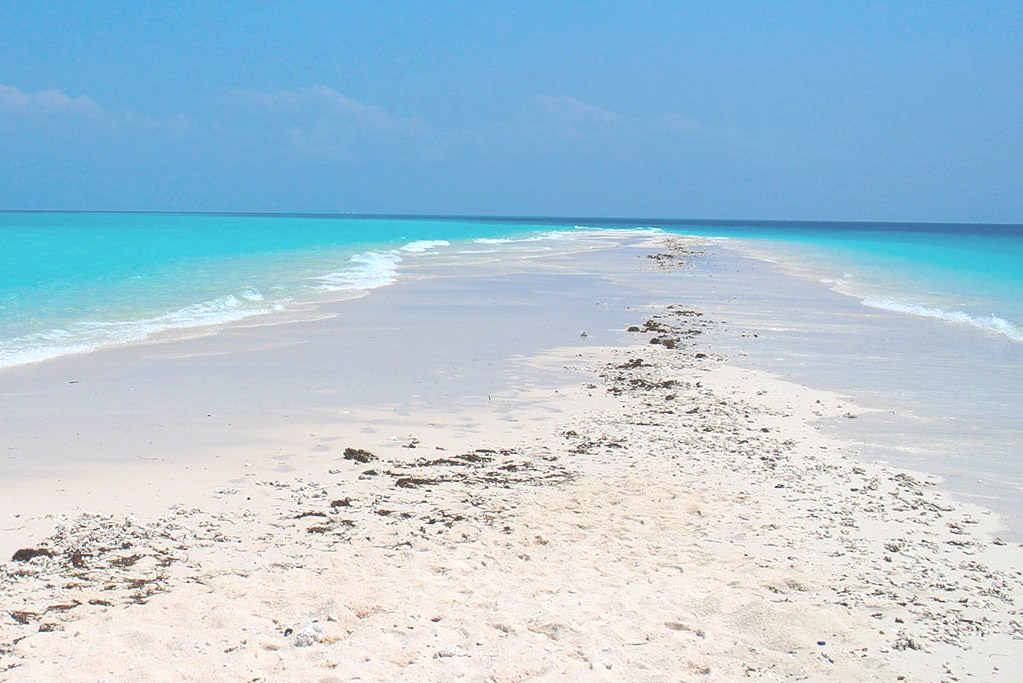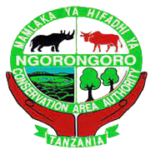Tanzania Destinations
- Home
- Destinations
Serengeti National Park
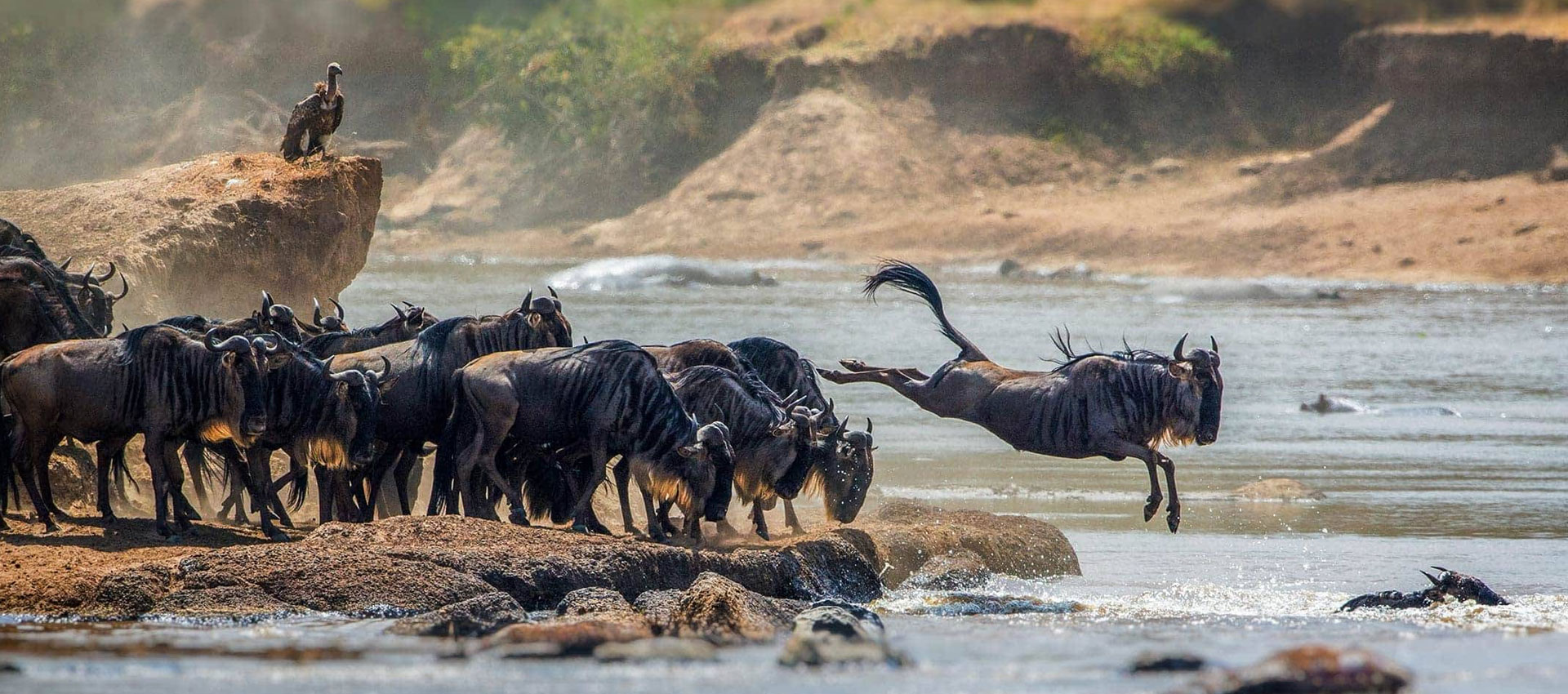
Ngorongoro Conservation
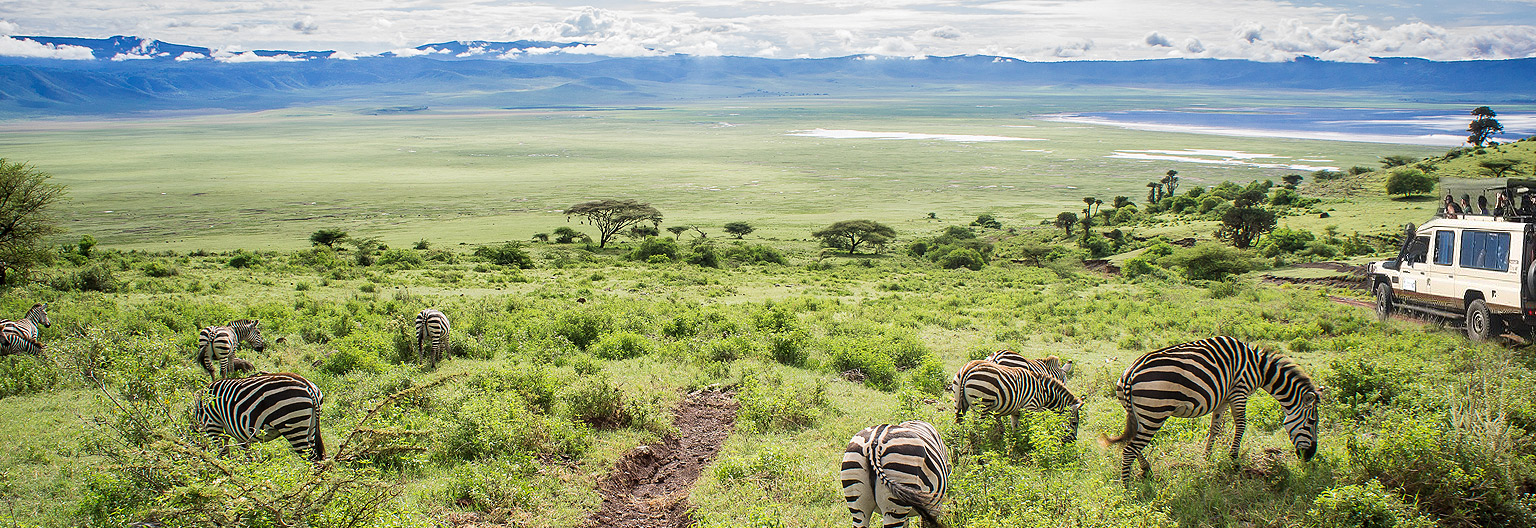
Lake Manyara National Park
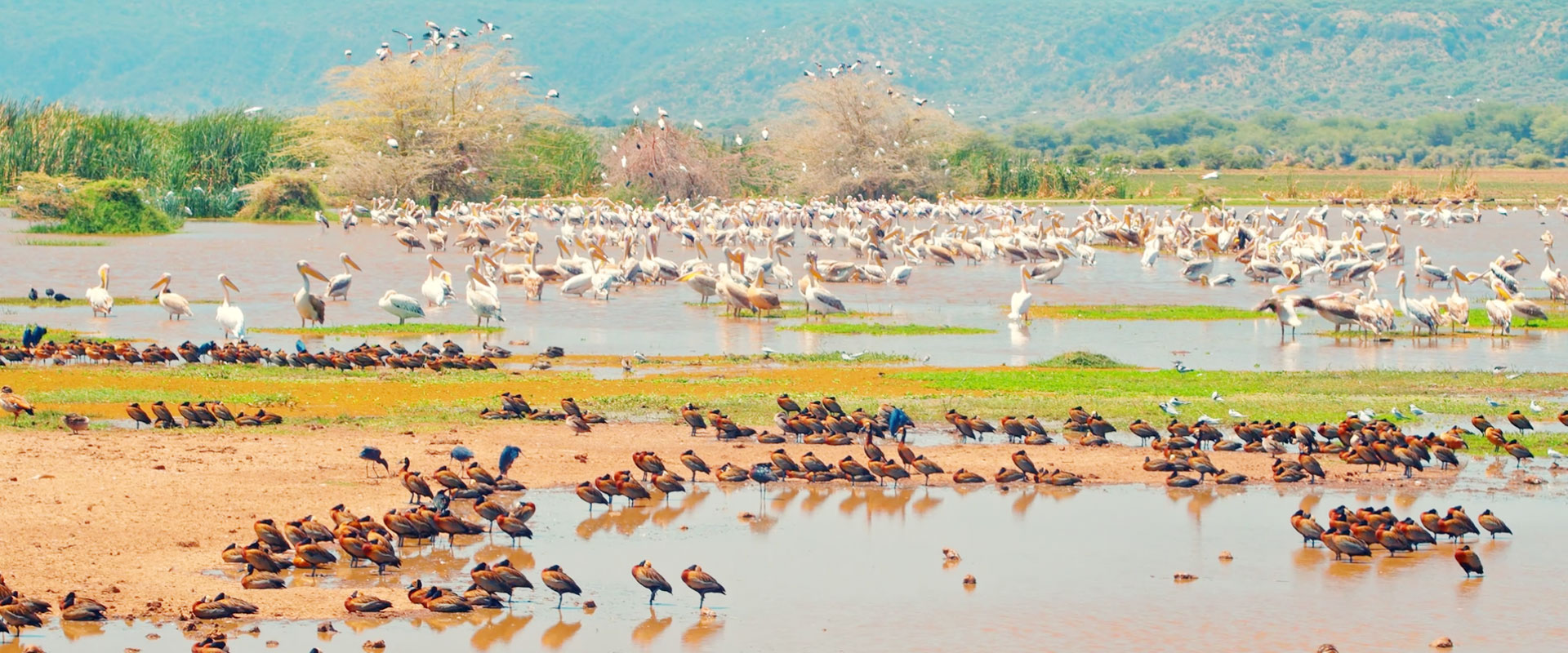
Tarangire National Park
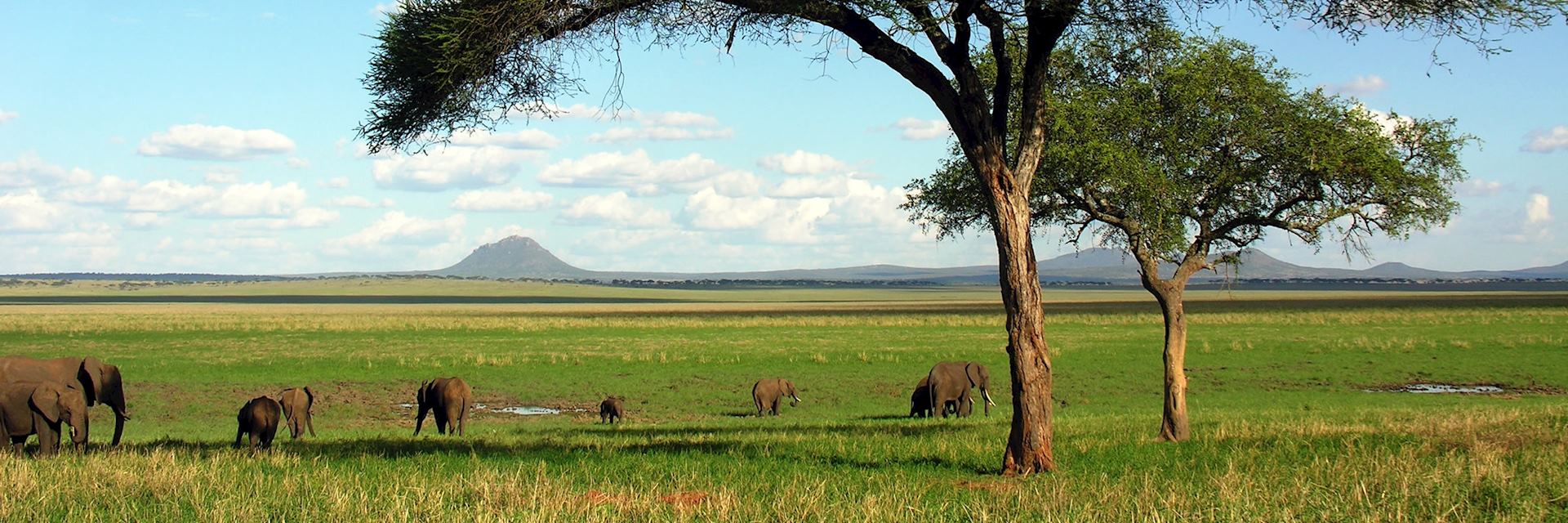
Ruaha National Park
Ruaha is notable for its wild and striking topography, especially around the Great Ruaha River, which is its heart. Much of this topography is undulating plateau averaging about 900m in height with occasional rocky outcrops and stands of baobabs. Mountains in the south and west reach to about 1600m and 1900m, respectively. Running through the park are several ‘sand’ rivers, most of which dry up during the dry season, when they are used by wildlife as corridors to reach areas where water remains..
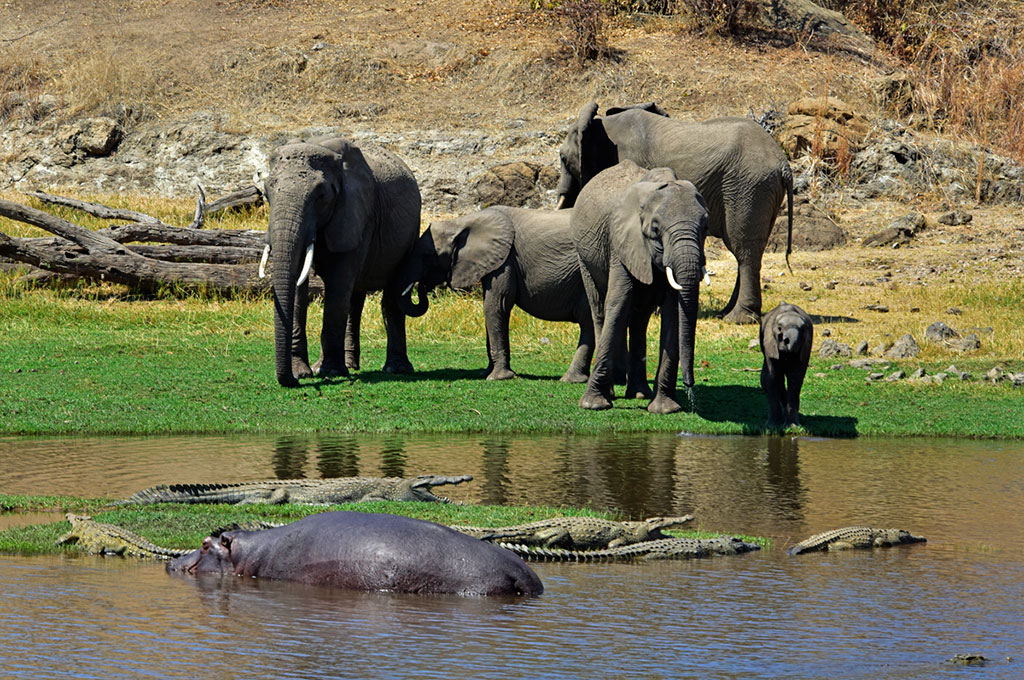
Udzungwa Mountain National Park
The park covers an area of 1990km2 where geographically, 20% of the total area lies in Morogoro region while the remaining 80% being in the southern highland region of Iringa..
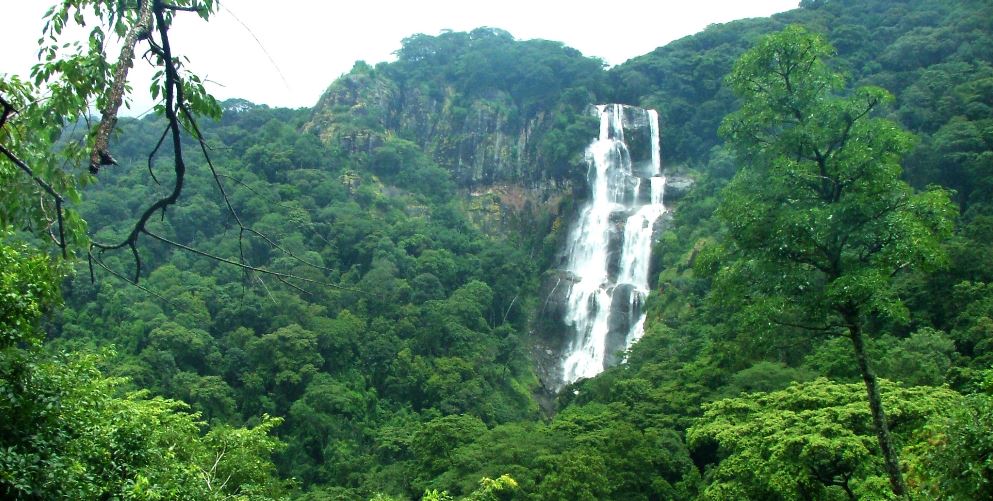
Kitulo National Park
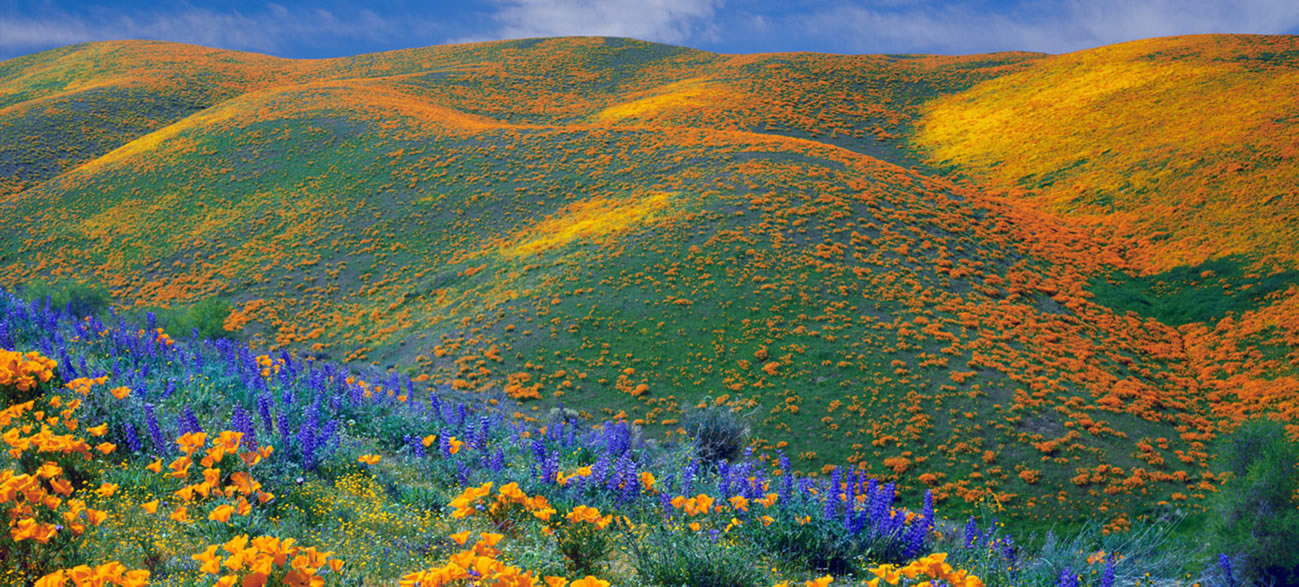
Saadani National Park
Gazetted a National Park in 2002, Saadani measuring about 1100 sq. km in size, has a diverse population of mammals and birds. Elephant, leopard, lion, buffalo, giraffe, wildebeest, zebra, colobus monkey, hippo, crocodile and the rare Roosevelt sable can be seen here. Saadani offers a choice of a driving safari, nature walk, and boat safari on the Wami River.
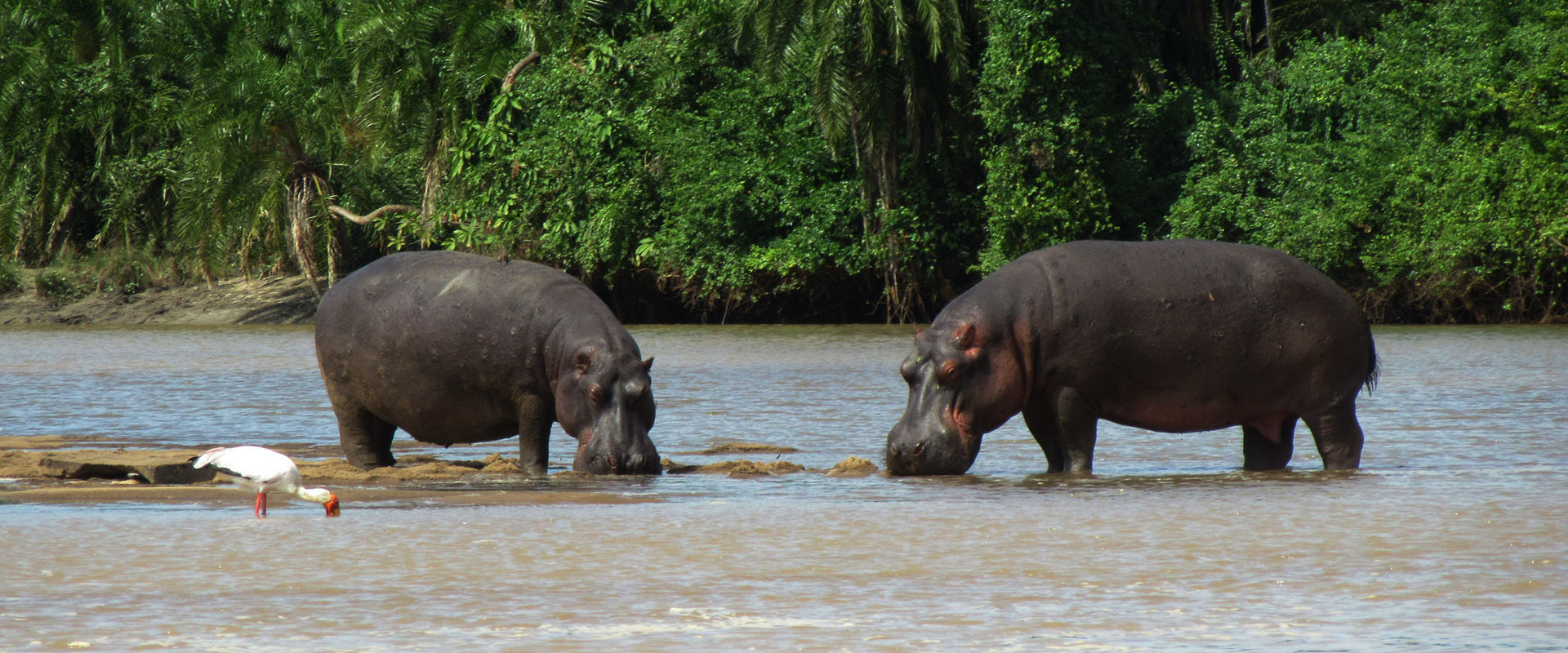
Bagamoyo
Tourist attractions include the Kaole ruins dating back to the 12th century thought to mark one of the earliest contacts of Islam with Africa; the Old Fort built in 1860 for holding slaves for shipment to Zanzibar; the first Roman Catholic Church in East Africa built around 1868 used as a base to run a camp of about 650 freed slaves; the German colonial administration headquarters, the Boma, in the first capital of German East Africa; the Mission Museum displaying history of Bagamoyo; and the Livingstone Memorial Church among others. Bagamoyo white sand beaches are considered some of the finest on the whole of the East African coast.
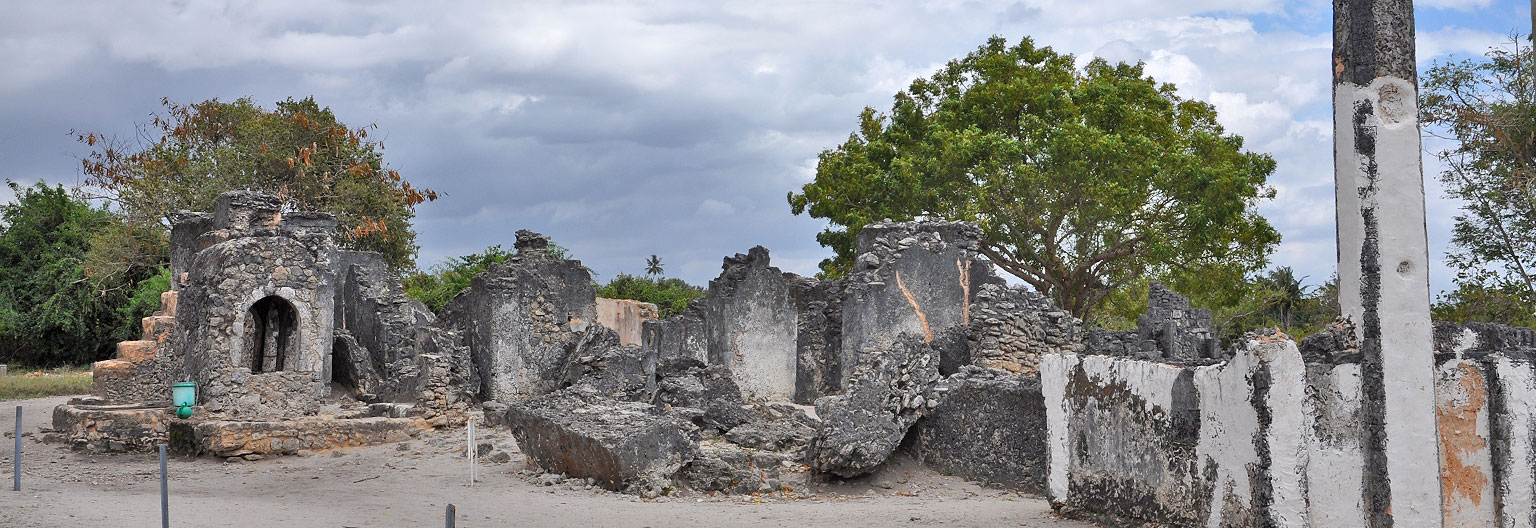
Pangani
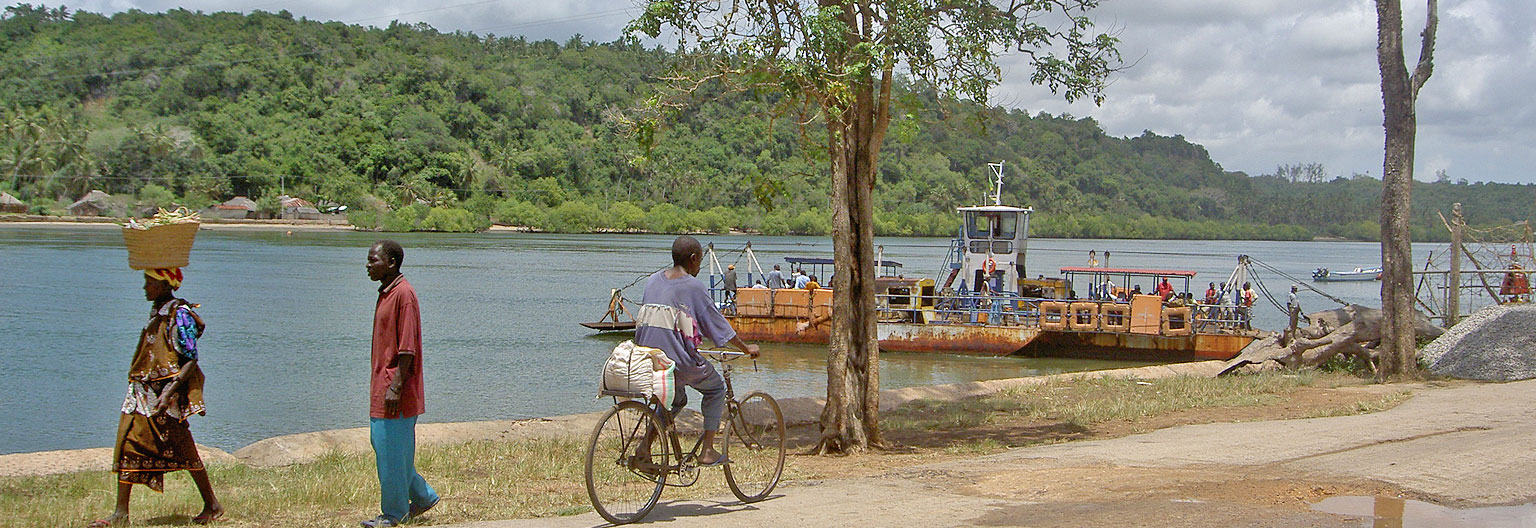
Mafia
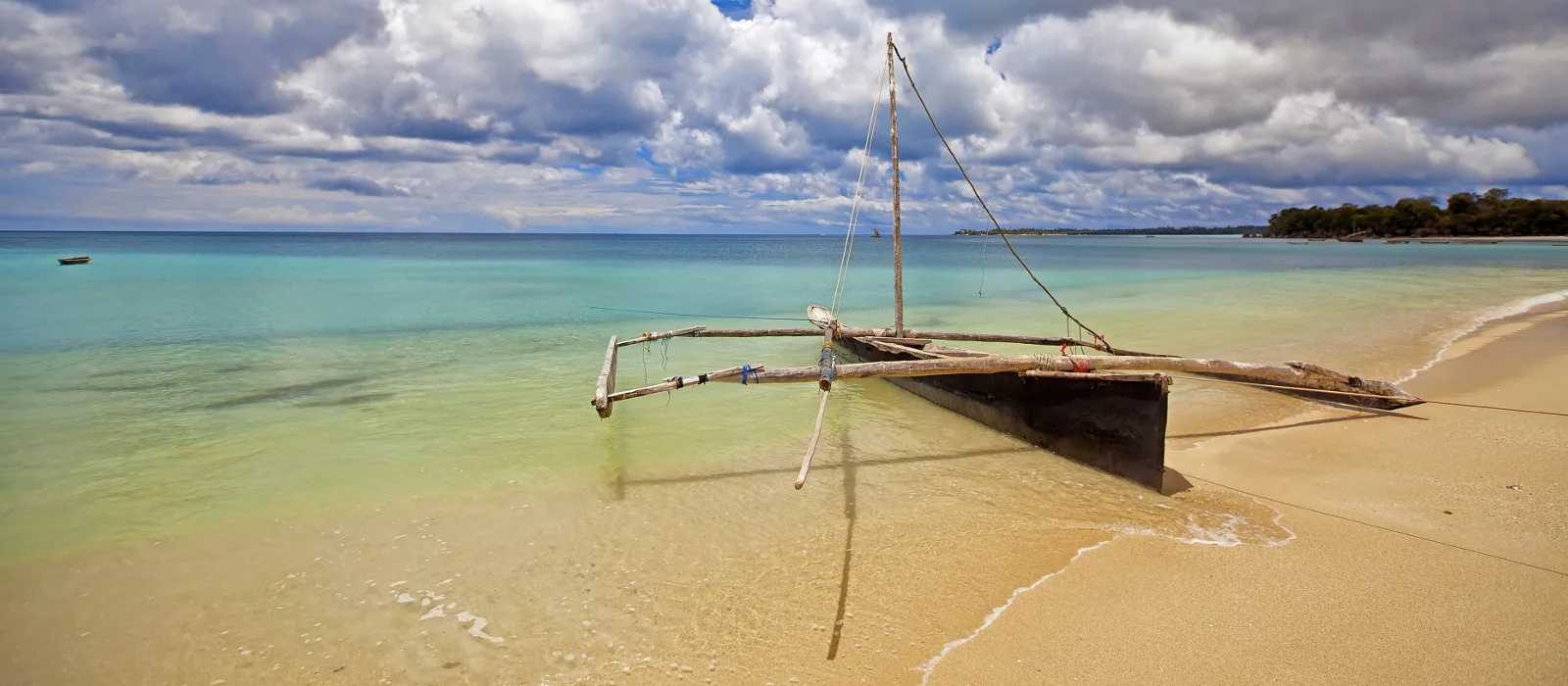
Arusha National Park
The Arusha national park covers Mt. Meru, a prominent volcano with an elevation of 4566m in the Arusha region of north eastern Tanzania. The park is small but has spectacular landscapes in three distinct areas. In the west, the Meru Crater funnels the Jekukumia River, the peak of Mt Meru lies on its rim. Ngurdoto in the south-east is grassland. Momella lakes in the north-east have varying algal colours and are known for their wading birds. Mt. Meru is the second highest peak in Tanzania after Mt. Kilimanjaro. It forms a backdrop to views from the park to the east. Arusha National Park lies on a 300km axis of Africa’s famous national parks, running from Serengeti and Ngorongoro crater.
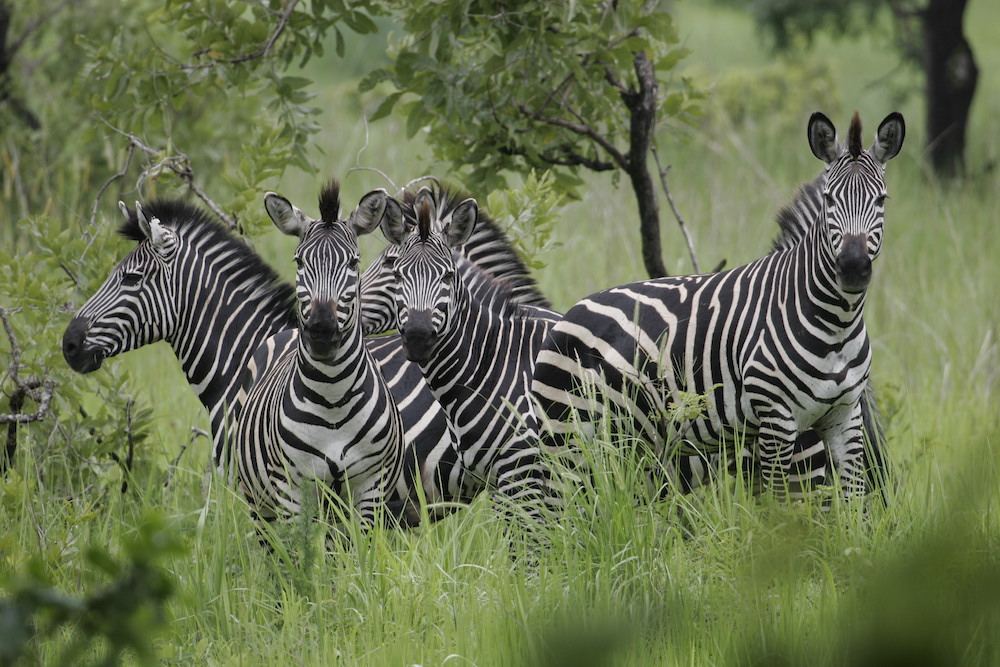
Kilimanjaro National Park
Snow-capped Mount Kilimanjaro is the highest point on the African continent, the world’s largest free-standing mountain and one of the largest volcanoes. At 5895m, the views from Uhuru Peak are spectacular. There’s no special equipment or expertise required to ascend Mt. Kili, however it is challenging and a good level of fitness is required. There are several routes to the summit (varying in difficulty). The Marangu Route is the most frequented on Mt Kili, taking 5-6 days, with accommodation in huts, whilst the Machame Route, requires 6-7 days, involves camping and is tougher, with steeper trails and longer distances covered.
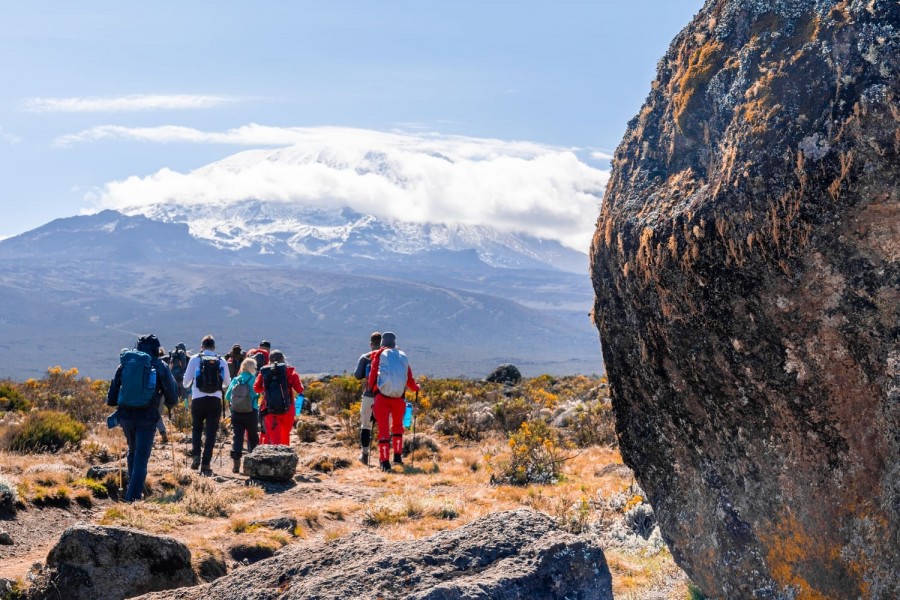
Mikumi National Park
Mikumi is Tanzania’s fourth-largest national park, and the most accessible from Dar es Salaam. With almost guaranteed year-round wildlife sightings, Mikumi makes an ideal safari destination for those without much time. Within its 3230 sq km – set between the Uluguru Mountains to the northeast, the Rubeho Mountains to the northwest and the Lumango Mountains to the southeast – Mikumi hosts buffaloes, wildebeests, giraffes, elephants, lions, zebras, leopards, crocodiles and more, and chances are high that you’ll see a respectable sampling of these within a short time of entering the park.
The most reliable wildlife watching is around the Mkata floodplain, to the northwest of the main road, with the open vistas of the small but lovely Millennium (‘Little Serengeti’) area a highlight. This area is especially good for spotting buffaloes – often quite near the roadside – as well as giraffes, elephants and zebras. Another attraction: the Hippo Pools, just northwest of the main entry gate, where you can watch hippos wallowing and snorting at close range, plus do some fine birding.
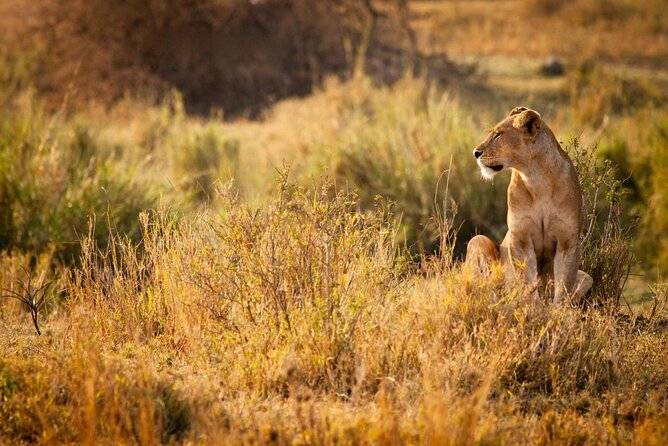
Selous Game Reserve
Selous Game Reserve (GR) aka the Nyerere National Park is a 21,081 sq. mile park in southern Tanzania, the largest national park in the country. The park is home to one of the world’s largest wildlife sanctuaries. Safaris at Selous Game Reserve are renowned for their picturesque and pristine setting and the reserve itself was designated a UNESCO World Heritage Site in 1982 as a protected nature reserve.
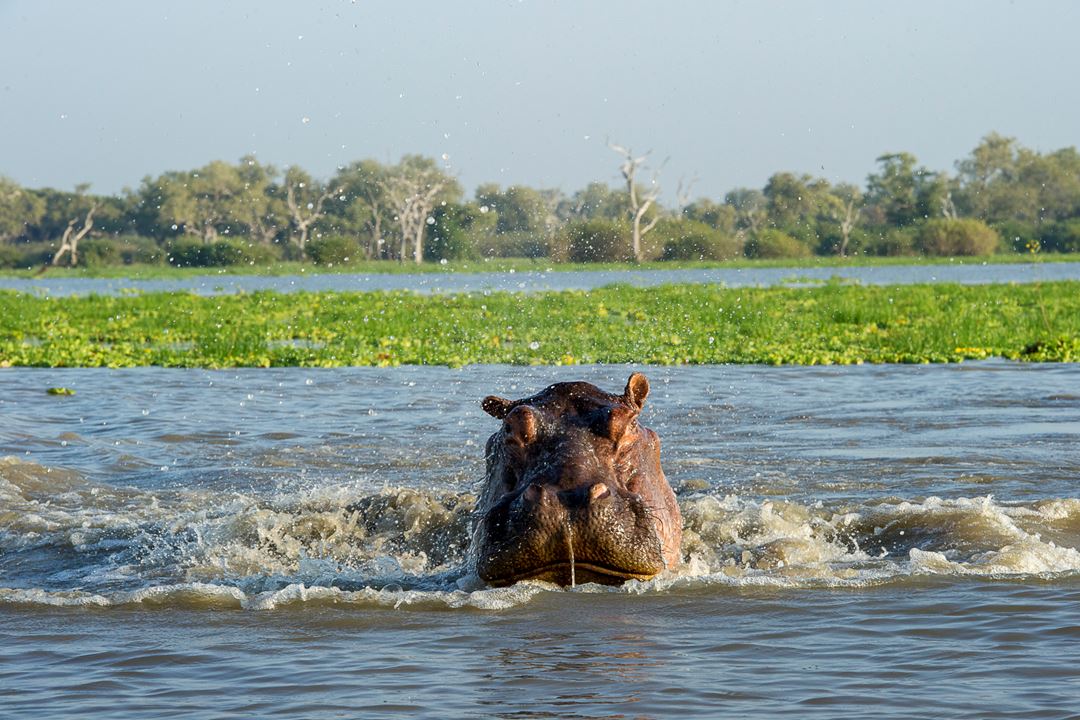
Mahale National Park
Mahale Mountains National Park lies 120 km south of Kigoma town, on a peninsula in Lake Tanganyika on the western border of Tanzania. The park has an area of 1613 sq km and is dominated by the Mahale Mountains Chain running from north-west to south-east across the middle of the park, the highest peak, Mount Nkungwe, rising 2,462 meters above sea level. Its western boundary protects not only 63 kms of lakeshore but also the adjacent 1.6 km-wide strip of coastal waters.
The park vegetation is mainly Miombo woodland with narrow strips of riverine forests, some rain forest and savannah which provide habitat to a variety of animal species. About 82 species of mammals have been recorded in Mahale, a remote road-free park accessible only by boat or light aircraft. Mahale Mountains is home to some Africa’s last remaining wild chimpanzees, with an estimated population of about 800, found in the rain forests of Mahale. (Only 60 individuals forming what is known as "M group"), habituated to human visitors by a Japanese research project founded in the 1960s. Other rain forest animals including the Angolan colobus monkey and other primates.

Gombe Stream National Park
With an area of only 56 sq km, Gombe National Park is Tanzania’s smallest national park, but its famous primate inhabitants and its connection to Jane Goodall has given it worldwide renown. Many of Gombe’s 100-plus chimps are well habituated, and though it can be difficult, sweaty work traversing steep hills and valleys, if you head out early in the morning sightings are nearly guaranteed. As well as chimp tracking, you can take walks along the lake shore, and go and see Jane’s old chimp-feeding station, the viewpoint on Jane’s Peak and Kakombe Waterfall.
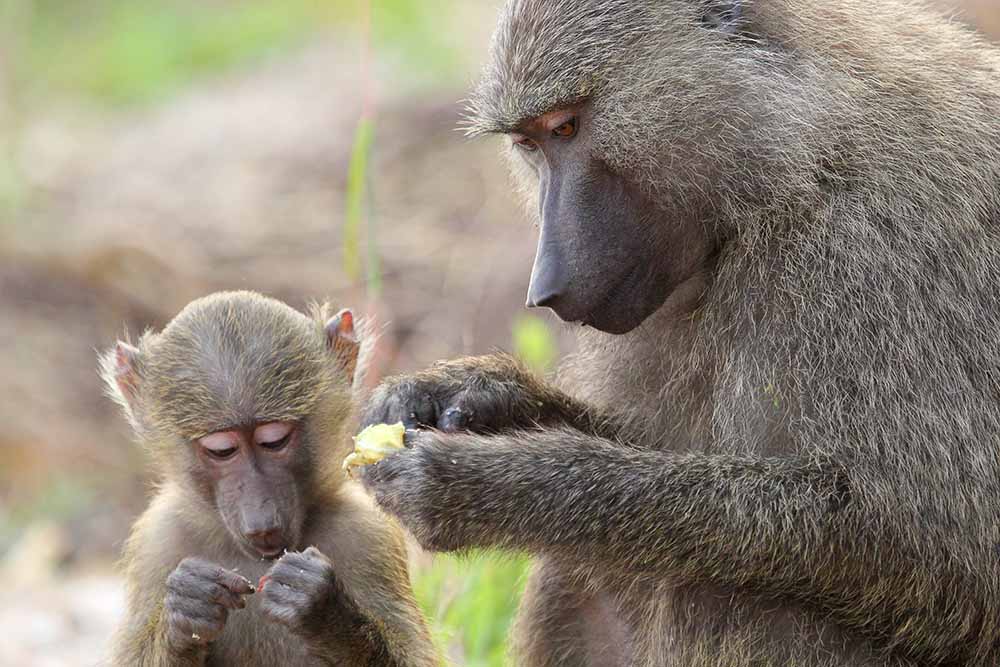
Katavi National Park
Katavi National Park is the third National Park in Tanzania covering an area of 4471 sq km, Katavi National Park is located about 35km from Mpanda town in southwest Tanzania, to the east of Lake Tanganyika, lying within a truncated arm of the Great Rift Valley that terminates in the shallow expanse of Lake Rukwa. Katavi is famous for its undisturbed natural face compared to other parks in the country. The main vegetation of the park is Miombo woodland with scattered Acacia trees near Lake Chada. The main focus for game viewing within the park is the Katuma River and associated floodplains such as the seasonal Lakes Katavi and Chada. During the rainy season, these lush, marshy lakes are a haven for myriad waterbirds, and they also support Tanzania’s densest concentrations of hippo and crocodile. During the dry season, when the floodwaters retreat, that Katavi truly comes into its own. The Katuma, reduced to a shallow, muddy trickle, forms the only source of drinking water for miles around, and the flanking floodplains support game concentrations that defy belief.
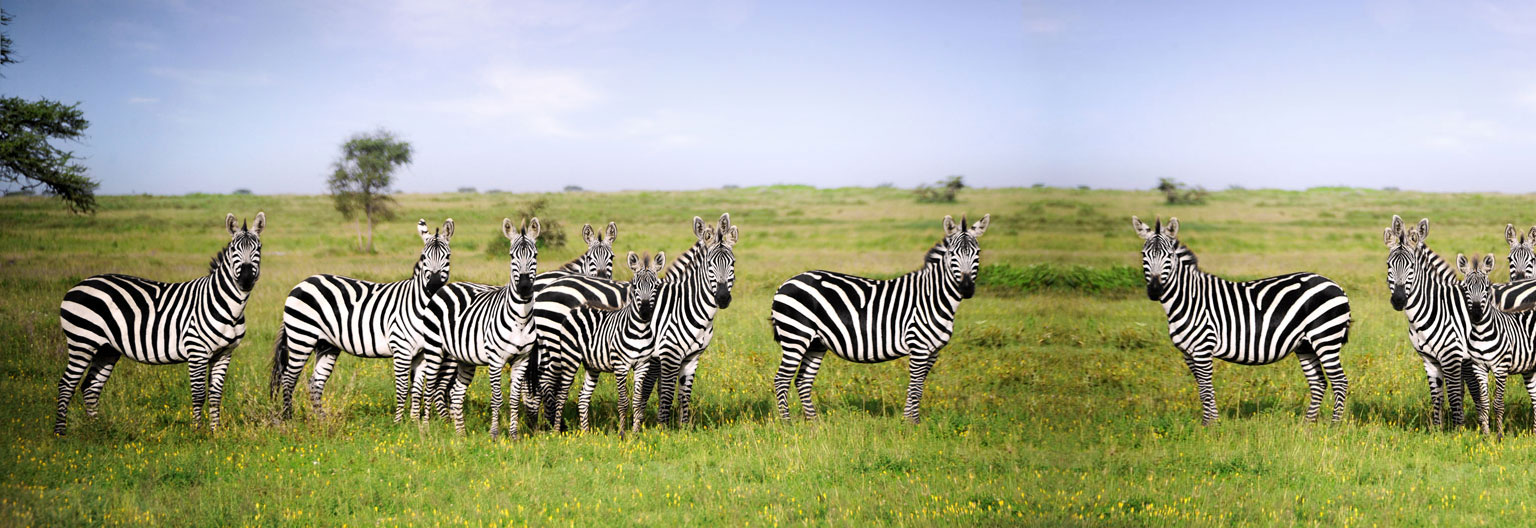
Zanzibar Island Unguja & Pemba
Set like a jewel in tranquil coral waters, only 20 minutes flight from Dar es Salaam, is one of the world‘s most beautiful islands – Zanzibar. Its name evokes a romantic past. To the shores of these islands came Summerians, Assyrians, Hindus, Egyptians, Phoenicians, Arabians, Chinese, Malaysians, and the Portuguese, all sailing in on Monsoon winds. From these shores the great European explorers Burton, Speke, Livingstone, Krapf, Rebman, and Grant set out on their voyages of discovery into the East and Central African hinterland.
The different races that have settled in Zanzibar over the centuries have left an imprint on the people and the architecture. The “House of Wonders” and the narrow streets of the Old Stone Town are just some of the vivid reminders of the islands long and coloured history. Zanzibar is also the birthplace of the fascinating Swahili culture with its elegant architecture, full of balconies, courtyards, hand-carved doors and mosques. For centuries the historic spice Islands of Zanzibar has evoked a mystical and magical dream. Fascinating history, exotic spices, sandy beaches and hospitable people… this is the enchantment of Zanzibar. Different excursions are arranged while in Zanzibar. These include taking visitors to spices plantations in the countryside where a variety of seasonal spices, tropical fruits and medicinal herbs are grown.
